Short reviews of old random comic-books, always read without context
Don't wanna be here? Send us removal request.
Text

Green Arrow side story in Detective Comics #563 (1986), by Jerome Moore (P), Dell Barras (I) and Jeanine Casey (C)
#hi-res scan#4cp#4 color process#Green Arrow#Oliver Queen#Detective Comics#DC Comics#DC#Batman#DC 80s#comic books#Jerome Moore#Dell Barras#Jeanine Casey
9 notes
·
View notes
Text





Charles Atlas ad (1986)
0 notes
Text







Detail of M&M's ad printed on comic-book paper (1986)
0 notes
Text
Detective Comics #563 (1986)

1986 was a complicated year if you were Batman writer and you weren't Frank Miller. The Dark Knight Returns just changed everything, and Miller was consequently hired to relaunch the character after Crisis on Infinity Earths big reset. Hence, the work done by Batman writers in parallel to Miller's "revolution" was perceived as conventional, even old fashioned. Personally, I enjoyed a lot the Barr/Davis brief period in Detective Comics. About Moench, I only knew a fantastic two-part story with Paul Gulacy at the pencils. This issue is also written by Moench, but illustrated by Gene Colan. A not perfect Gene Colan, but not exempt of interest.
Two-Face is the villain of the story, and the faces are the most relevant elements of the art. I don't know if it was the usual Colan style at the time, but all characters are depicted with deformed and tenebrous faces, with independence of their roles in the plot. This creates a darkly atmosphere, as if everything was happening inside a nightmare.




Since the issue includes a Green Arrow complementary story, we only have 14 pages for the main feature. A parrallel narration where Jason Todd and Two Face paths converge at the end of the chapter.
Regarding ads section, i've found remarcable the Go Bots cartoon one and the house ads, including Jose Luis Garcia-Lopez "corporative" art, the closing of Roy Thomas' Earth-2 saga and Ambush Bug sequel by the great Keith Giffen





Purchased at London Comic Mart for 50p
#Detective Comics#Batman#Doug Moench#Gene Colan#Two-Face#DC Comics#DC#1986#comic book review#comic books#Roy Thomas#JSA#Keith Giffen#Ambush Bug#Go Bots
23 notes
·
View notes
Text

Evil Ernie, Hi-Res scan from Previews catalog (Feb 1998)
#Evil Ernie#Eternity Comics#hi-res scan#4 color process#comic book advertisement#4cp#Previews#Diamond#1998
0 notes
Text
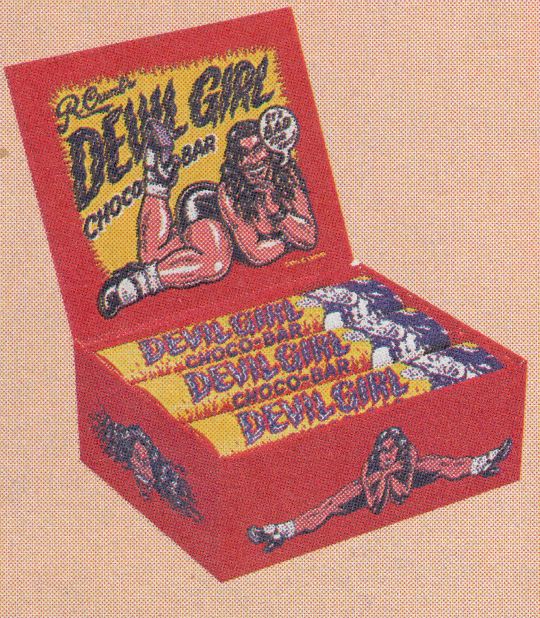
Robert Crumb's Devil Girl Choco-Bar
Hi-Res scan from Previews Catalog, February 1998
19 notes
·
View notes
Text
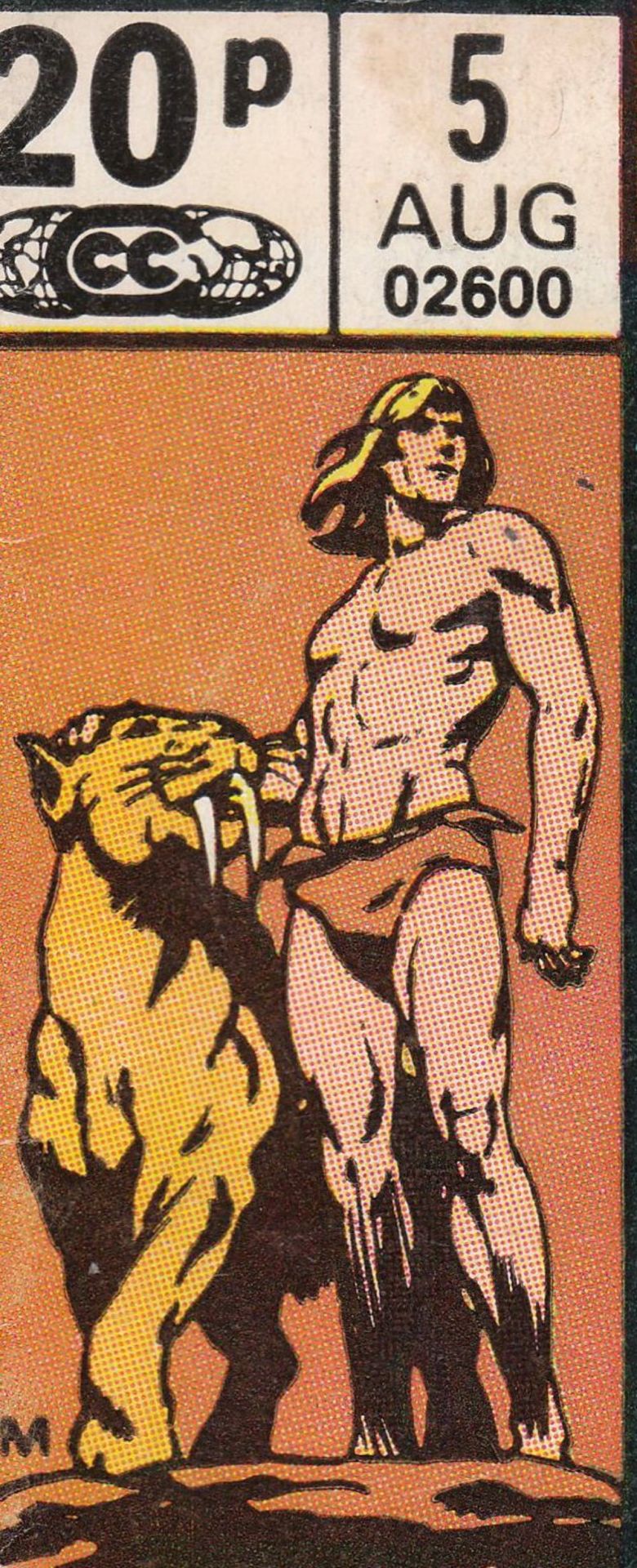
Ka-Zar corner box (1981)
0 notes
Text

Detail from Atari Lynx ad. 1991
#Atari#Lynx#Atary Lynx#comic book advertisement#comic book ads#1991#4cp#hi res scan#hi-res scan#4 color process#Klax#retro gaming
9 notes
·
View notes
Text
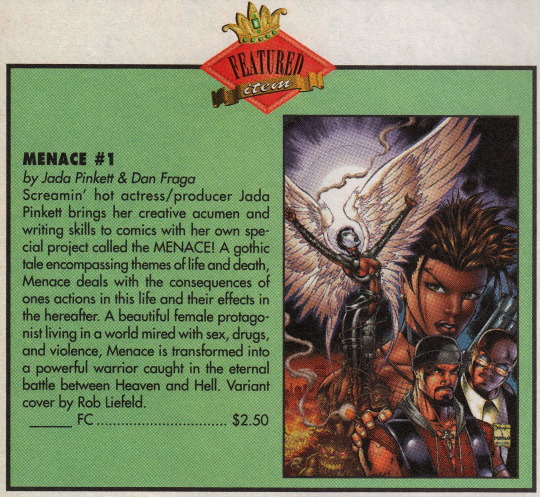

Reference for Menace #1, by Jada Pinkett and Dan Fraga in Previews catalog. February 1998.
Early attempts of Rob Liefeld on atract celebrities to his publishing company, in order to facilitate the selling of his IPs to Hollywood
0 notes
Text
Underwater #3 (1995)
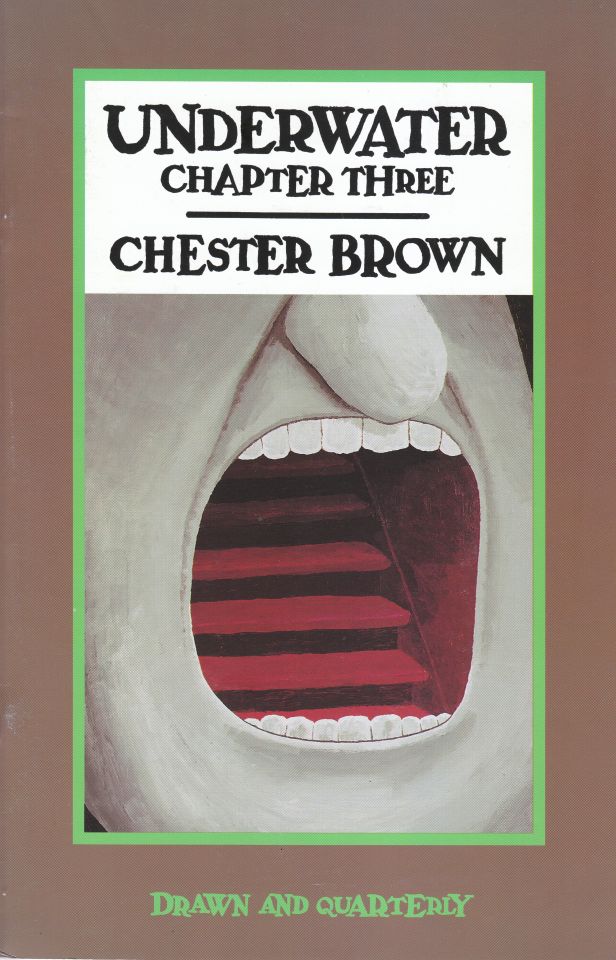
Underwater is one of the few unfinished Chester Brown's works, hence it has never been compiled in graphic novel format. The only phisical evidence for its existence is the original comic book series where it was periodically published by chapters.
Neither plot nor author's aims are easy to understand starting with chapter three. Underwater is deliberately surrealist, its dialogue is written in a bizarrely distorted version of English, and a single chapter is too few pages long to draw any kind of conclusion.
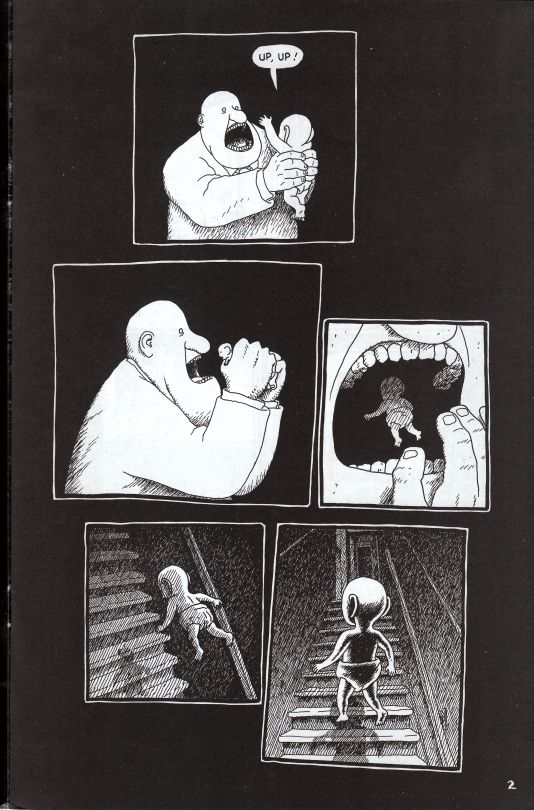
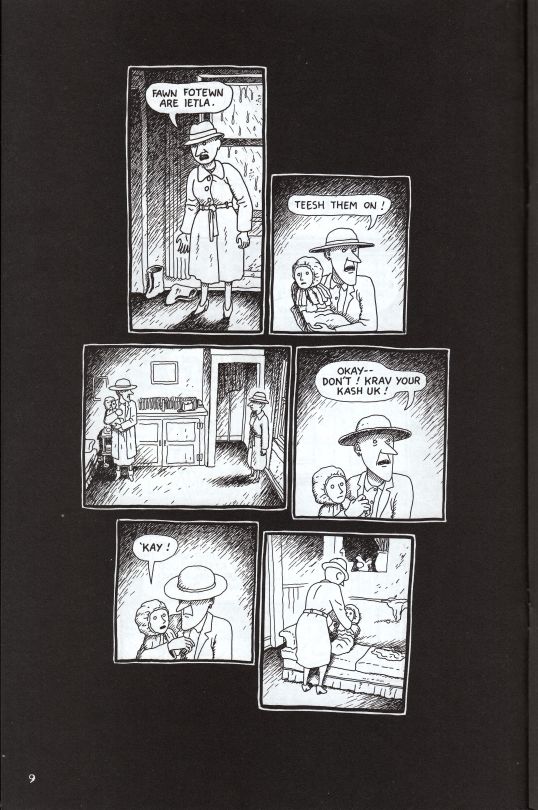
In fact, the Underwarter episode is so short because it only fills half of the book. The second half belongs to another legendary unfinished work by Brown, nothing less than the Christian Gospels comic adaptation!. Particularly, these 13 pages adapt the "fedding the multitude" miracle according Gospel of Matthew.
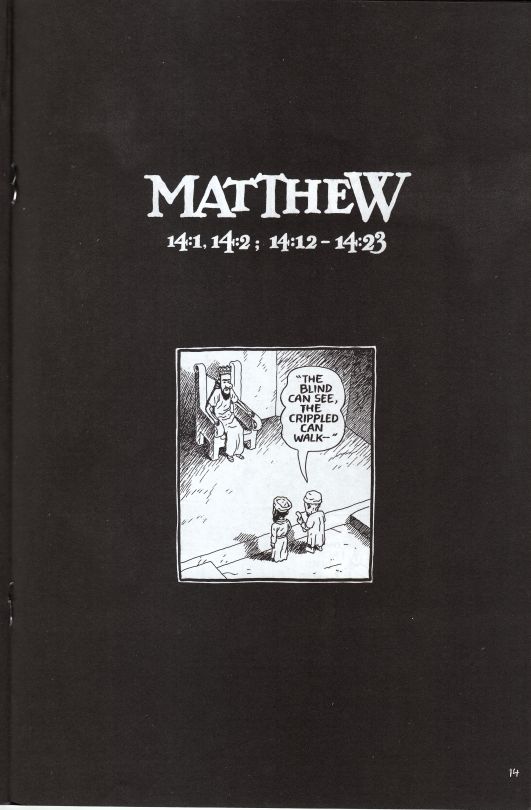

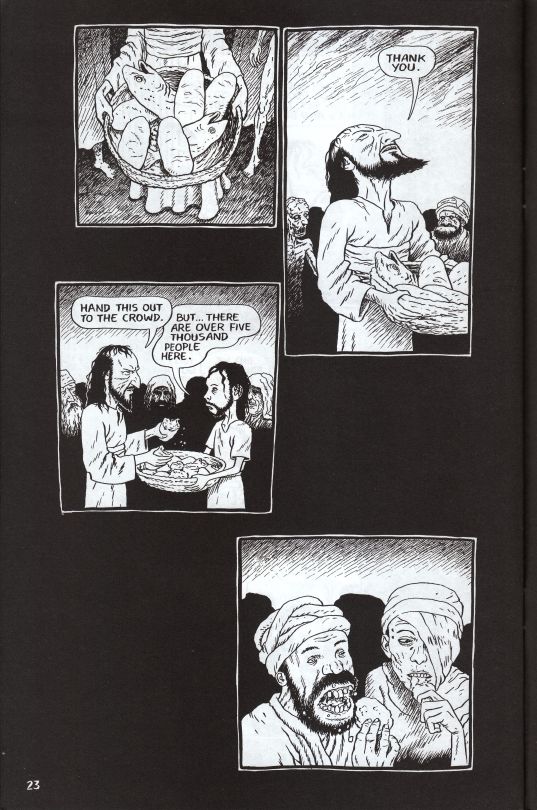
It's known that Brown's graphic translation of Jesus' life has a very special feature among others in any medium: The mood and look of Jesus changes depending on the particular gospel writer he is adapting. Clearly, the chosen depiction for Matthew's part is quite uncommon: semi-bald, older than usual, serious (almost angry) face... I am tremendously curious about the other alternative versions and the autor's reasons to choose those characterizations. I'll look for more chapters of Underwater and Yummy Fur on the Internet, hoping that Chester Brown take the decision to finish any of those works in order to see it reprinted .

Purchased at Gosh! (Soho, London) for £3.50
#Underwater#Cherster Brown#Drawn and Quarterly#Gospels#Matthew#Gosh!#Jesus#Yummy Fur#random comic book review#comic book review
3 notes
·
View notes
Text

Detail from !mpact Comics advertisement (1991)
#!mpact comics#DC Comics#1991#comic book advertisement#comic book ads#The Fly#The Shield#The Web#The Jaguar#The Comet#4cp#4 color process
3 notes
·
View notes
Text
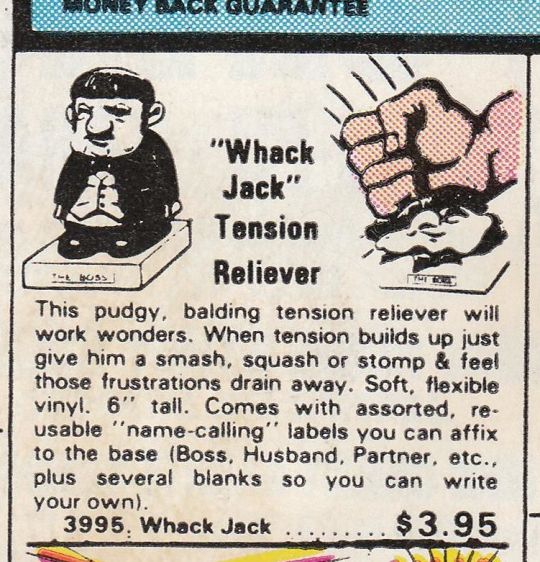
Detail from comic-book advertisement page. 1981
0 notes
Text
Ka-Zar #5 (1981)
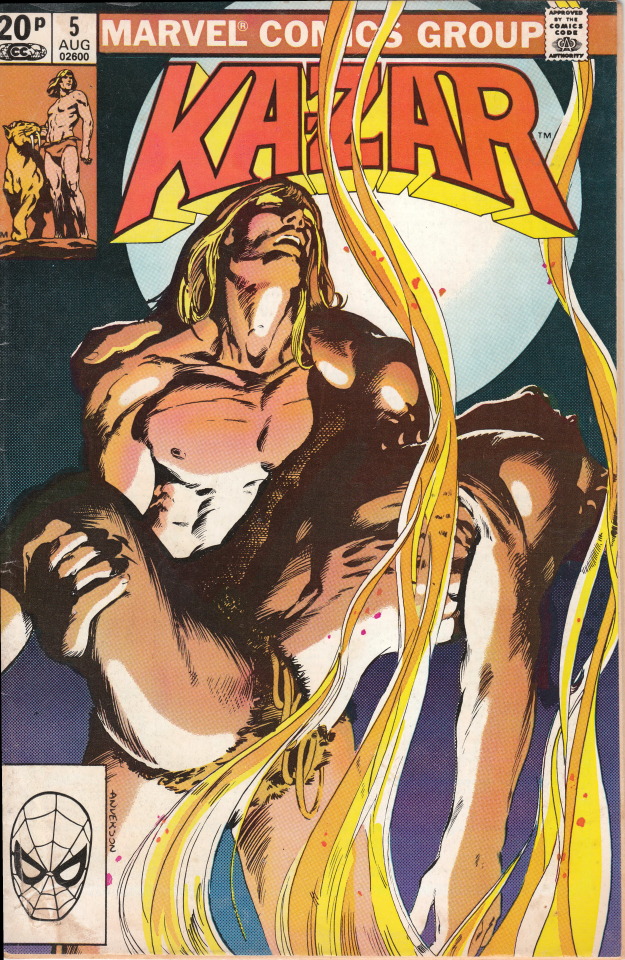
Auto-conclusive flashback episode where Ka-Zar tells Shanna a sad story of his past, involving the native Savage Land settlement, his sabretooth "friend" Zabu and a rabies outbreak.
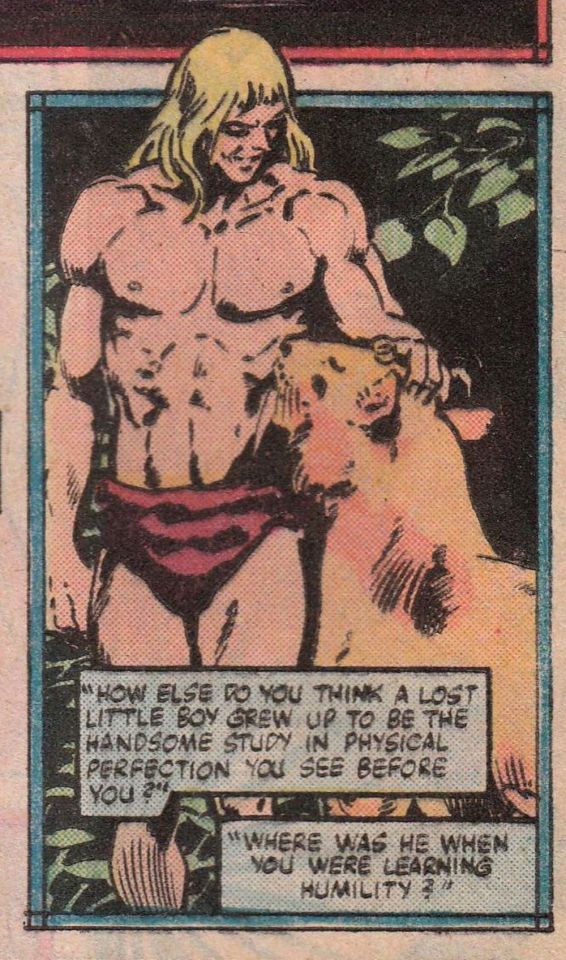


Clearly because an editorial mistake, the artistic credits are missing in this issue. A quick search in Google solves the mistery: written by Bruce Jones and pencilled by Brent Anderson. In 1981, Jones already had a long experience on writting for Warren magazines, free of infamous Comics Code Authority restrictions, and it is noted in the inherent maturity of his script for this Ka-Zar episode. While Zabu remains missing, a crazed specimen of sabretooth is attacking people of the settlement, resulting in deaths from direct aggression as well as deadly infections from a mysterious contagious disease that Ka-Zar soon identifies as rabies. Ka-Zar fears the infected animal is Zabu, anyway he joins the expedition to hunt the beast. Conclusion: the raged tiger (who finished eaten by a t-rex) was not Zabu, but Tongah, the hunting partner of Ka-Zar gets infected and he has to accept his upcoming death.
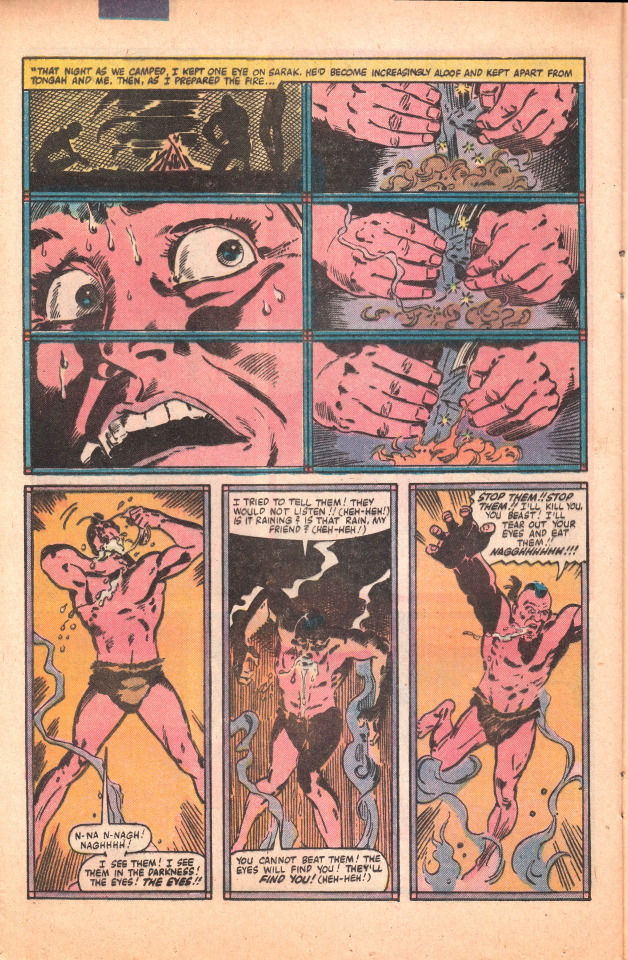

The story is narrated in a melancholic mood, where Brent Anderson's dramatic style of drawing bodies (with a touch of homoerotic sensuality) has an inportant role. A good handful of relevant subjects are touched in very few pages: the relationship hierarchy between a person, his beloved pet (kinda…) and other humans, the confrontation between beauty and cruelty present on virgin nature, the conveniences and inconveniences about renouncing to civilized world…

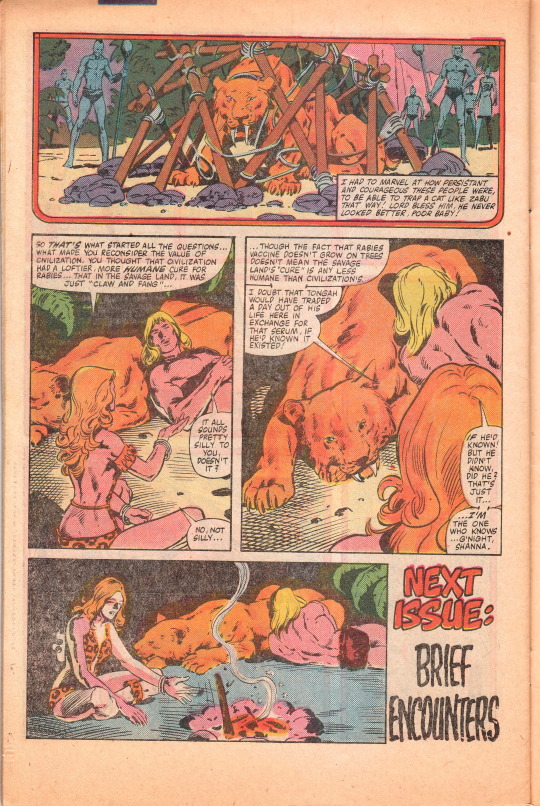
This adult tone makes exteme contrast with tons of advertisment pages oriented to kids. The dissonance between the "supossed vs. actual" readers of comic-books was already strong in 1981. Specially funny and idiosyncratic the ad/mini-comic where Fantastic Four advertise candies.

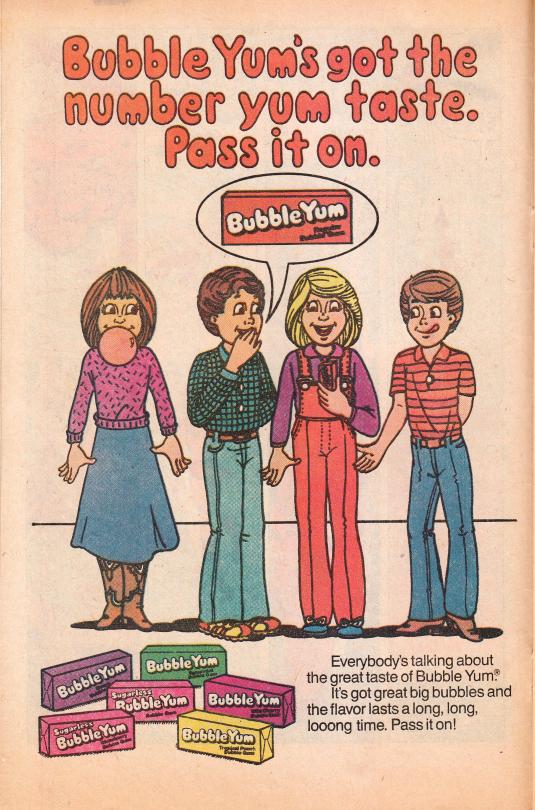


Purchased at Comic-Book Exchange (Notting Hill, London) for 50p
#Bruce Jones#Brent Anderson#Ka-Zar#Marvel#Fantastic Four#comic book ads#vintage ads#vintage advertising#random comic book review#comic book review#Savage Land#Marvel 80s#1981
8 notes
·
View notes
Text

Detail from Ms Mystic #2 By Neal Adams (A) and Cory Adams (C)
1 note
·
View note
Text

Detail from Captain America #291 (1983). By Herb Trimpe (P), Jack Abel (I) and Andy Yanchus (C)
0 notes
Text
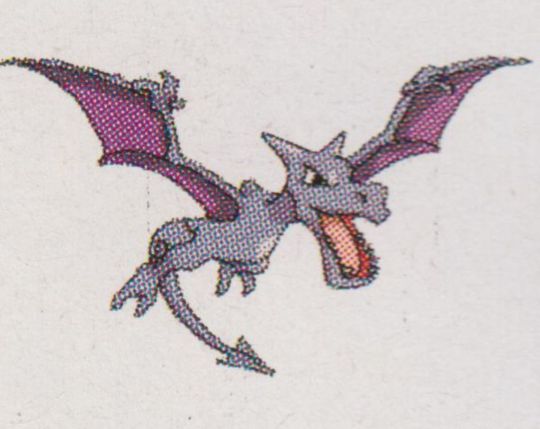
Pokemon. Detail from printed comic-book ad (1999)
2 notes
·
View notes
Text
Superboy #60 (1999)

I have always been curious about Superboy's Hyper-Tension saga, but never had the chance of reading it. After The Kingdom event, this one is the first story that uses the controversial concept of Hypertime in a regular DC title. Since the beloved Crisis on Infinite Earths (1985) the DC Multiverse schema had been erradicated (sort of..), till Mark Waid and Grant Morrison set a new fictional environment where the multiple Earths became obsolete in front of an infinite fabric of alternate time lines where none of DC stories published to date were excluded from the canon.
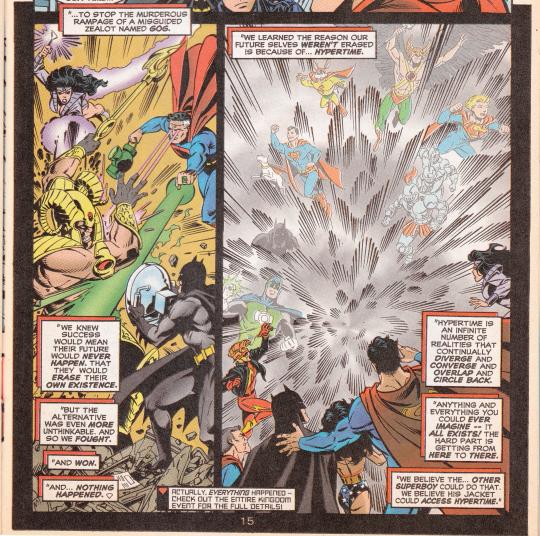
Really, Hipertyme is testimonial here. The story is similar to any other multi dimensional epic quest already seen in super-hero genre. The real interest on this pick is the Superboy series itself. Kesel and Grummett are not ashamed of creating classic super-hero stuff, and they put in the book all the fantasy that other authors try to negate in this post-Watchmen post-TDKR era. A lot of Kirby homage (really the title main scenario, the Cadmus Project, is a Kirby creation), all the explanatory flashbacks that a new reader needs to figure out the story so far, and a clear narrative-iconographic objective for the episode: Attach Superboy to the front of huge atomic missile and pull the trigger. Nothing more, nothing less.
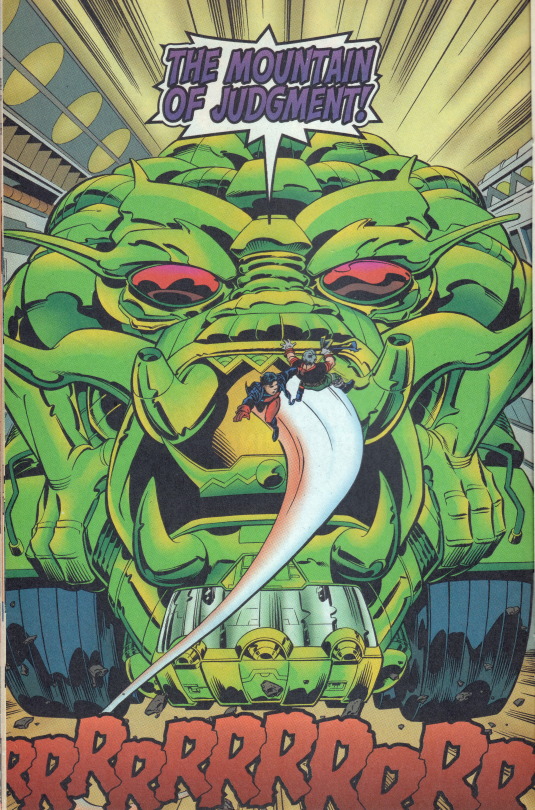
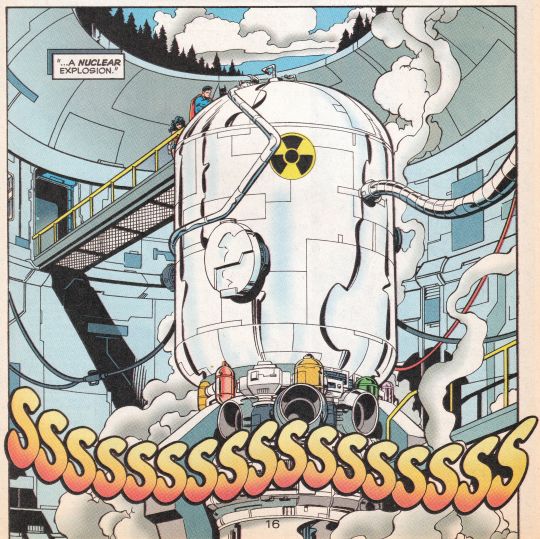
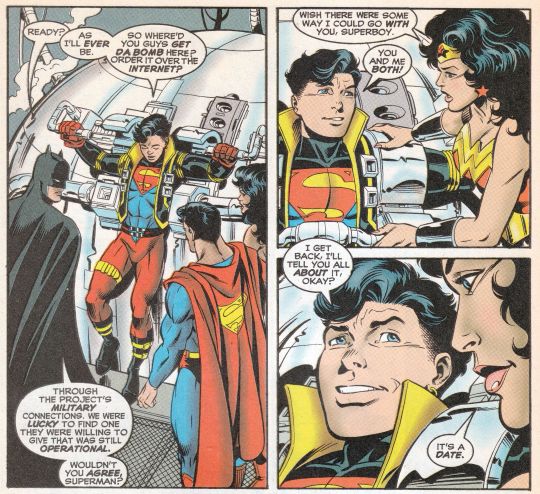
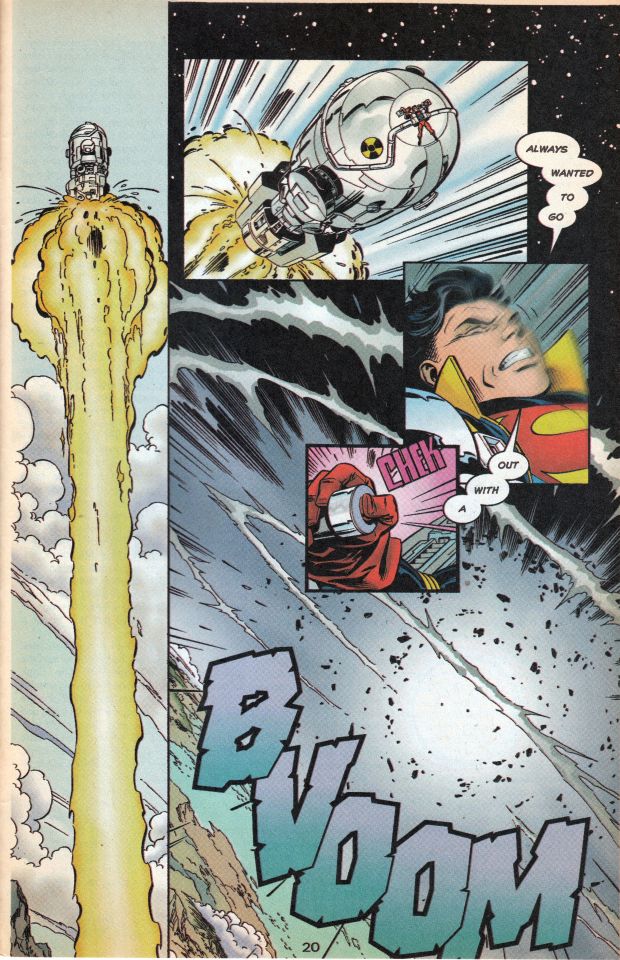
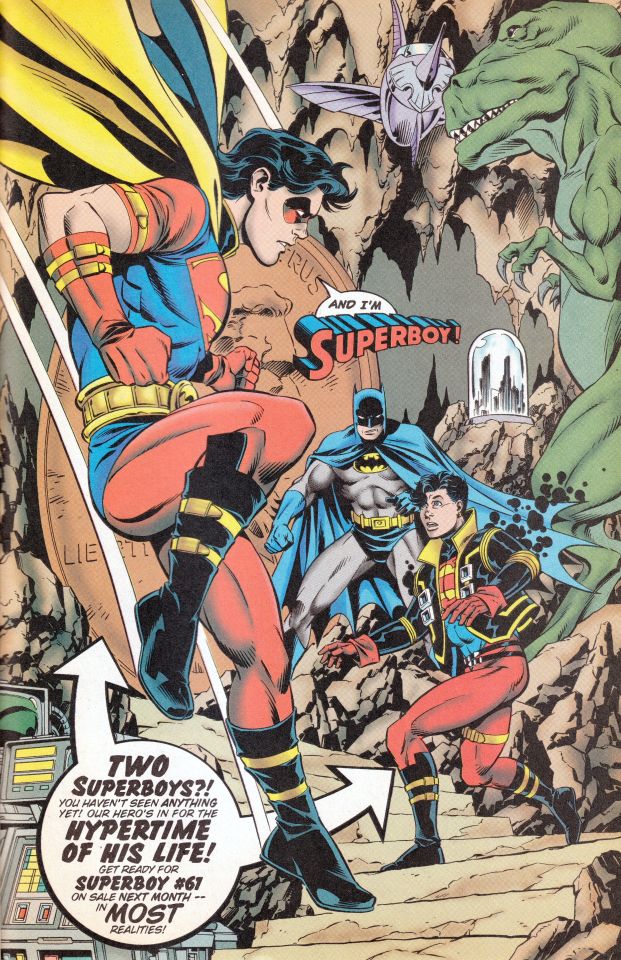
Regarding the advertisement section, we can highlight the double page ad for the brand new show Batman Beyond, as well as the in-house ads based on the slogan "The Original Unvierse".

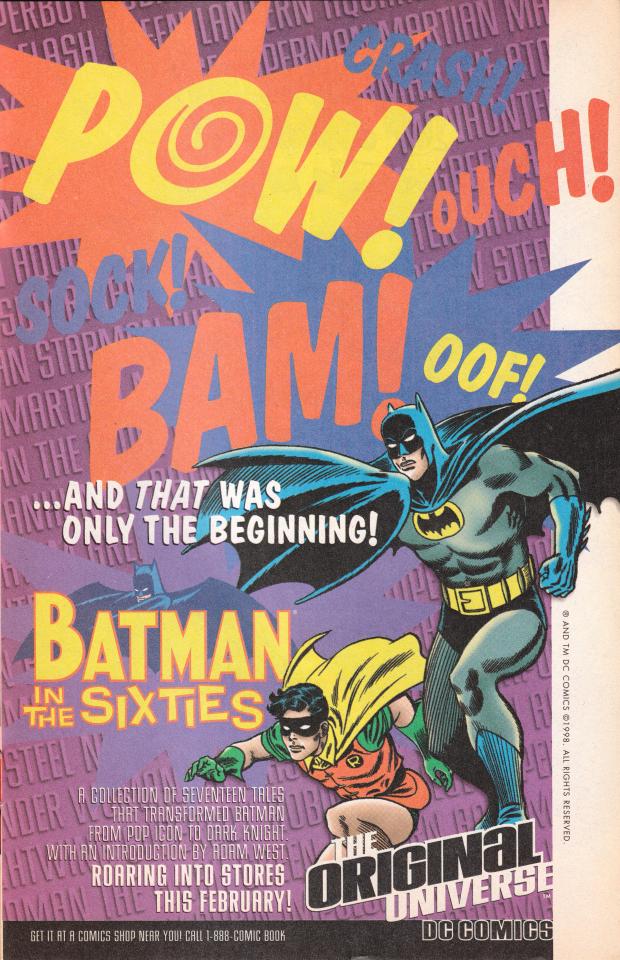
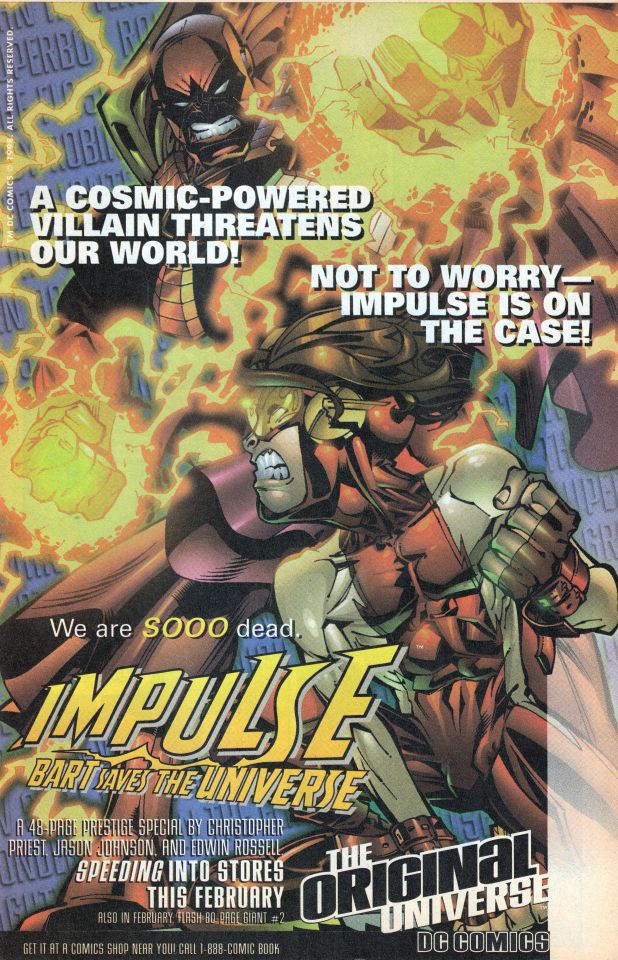
Also, to reflect the early 1999 comics scene context, we have two interesting pieces: The Wizard Magazine's Annual Fan Awards Ballot (you can see the trending titles and artists of that time) and the obituary for the recently deceased Bob Kane, written by the then DC's President Jenette Khan
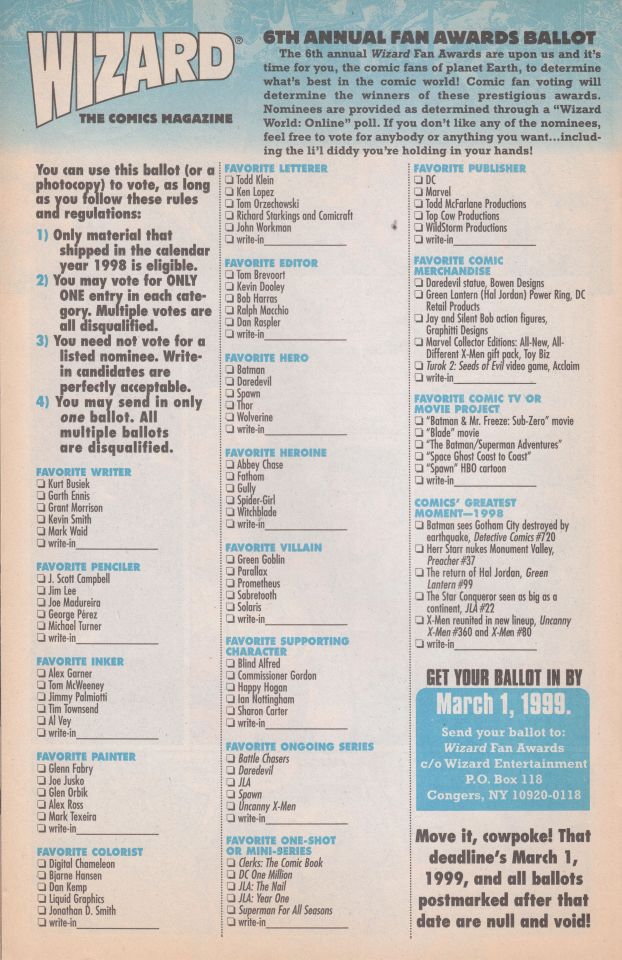

Purchased at London Comic Mart for 20p
#Superboy#DC Comics#Superman#Batman#Wonder Woman#The Kingdom#1999#Crisis on Infinite Earths#Karl Kesel#Tom Grummett#London Comic Mart#Jack Kirby#Bob Kane#Jenette Khan#Wizard Magazine#Batman Beyond
28 notes
·
View notes